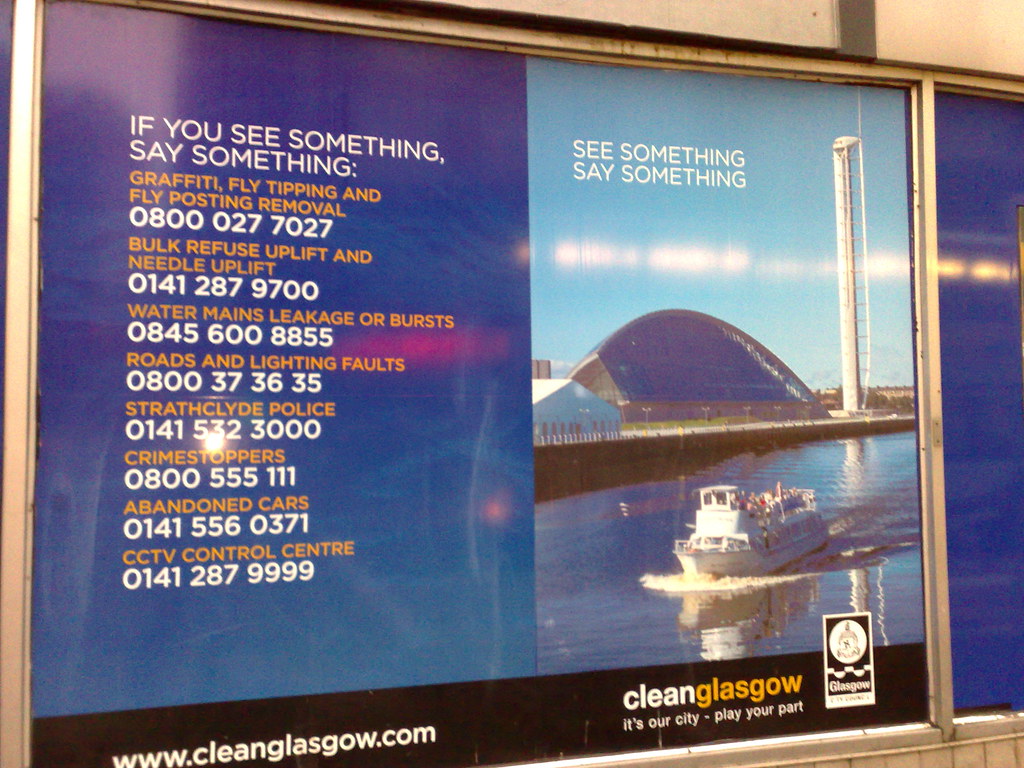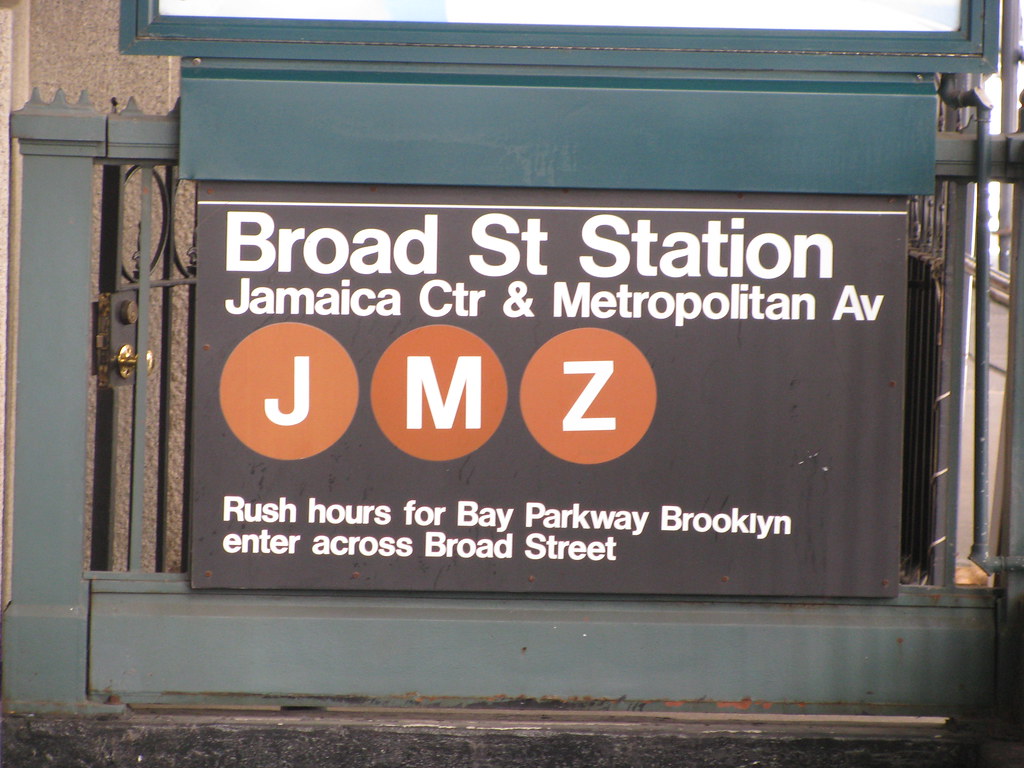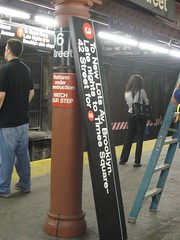The battle between Jay Walder and the TWU continues to heat up in a major way this week. Today, in the Daily News, the editorial board lays out the case for common-sense changes to the MTA’s work rules. Included among their suggestions are the not-so-controversial proposal that the MTA be allowed to use the same snow-removal equipment at shows run by various unions, that Transit Authority garages be permitted to service buses run by multiple unions and that workers stop abusing the sick day system. “I genuinely believe if we can get a different dialogue going with labor, some of this is avoidable,” Walder said. “Even some of the station agents. If we have a different dialogue, it might be possible to bring back people and do things through an attrition process, but you won’t get there unless there’s a different dialogue going on.”
But the TWU, protesting Walder’s agressive stance and the dismissal this week of 250 station agents, has upped the ante. As amNew York’s Heather Haddon details, the TWU has taken its protest and the familiar inflatable rat to the Tribeca streets outside of Walder’s home. With signs protesting “an $800 million payout to Wall St. crooks,” union members are there to stay as this battle brews. “It’s indefinite for right now,” TWU head John Samuelsen said of the rat outside of Walder’s home. This is getting ugly indeed.


 Meet Janele Hyer-Spencer. This little-known Democrat from Staten Island represents New York’s
Meet Janele Hyer-Spencer. This little-known Democrat from Staten Island represents New York’s 
 As the temporary restraining order preventing the MTA from firing 475 station agents remained in place throughout the weekend, the relationship between the authority and the TWU grew icier. Transit announced layoffs in spite of the injunction, and MTA Chair and CEO Jay Walder has engaged in a war of words with TWU President John Samuelsen over what Walder believes to be antiquated work rules hampering the authority.
As the temporary restraining order preventing the MTA from firing 475 station agents remained in place throughout the weekend, the relationship between the authority and the TWU grew icier. Transit announced layoffs in spite of the injunction, and MTA Chair and CEO Jay Walder has engaged in a war of words with TWU President John Samuelsen over what Walder believes to be antiquated work rules hampering the authority.















